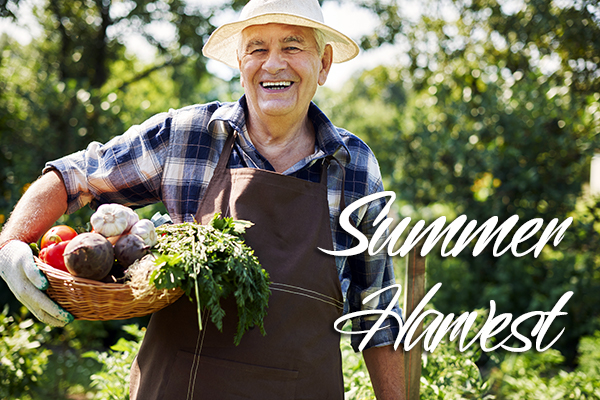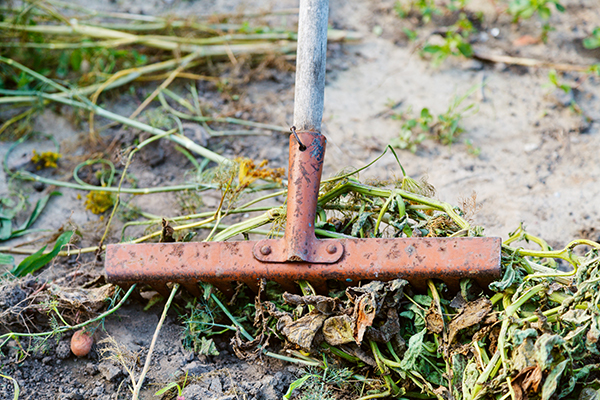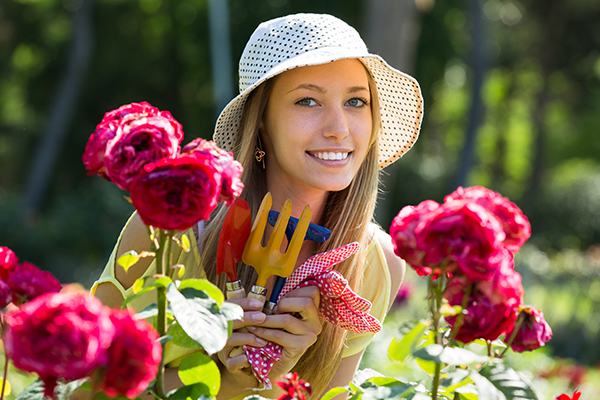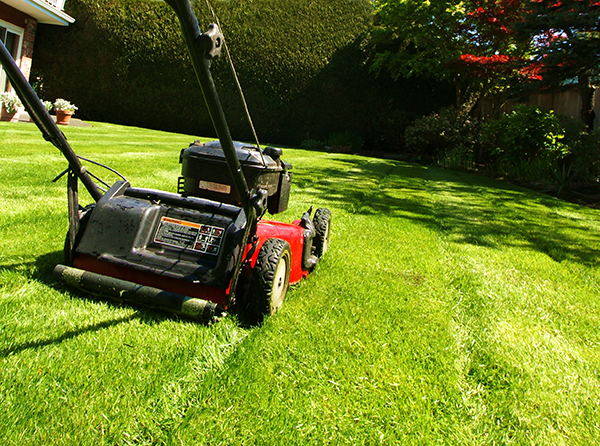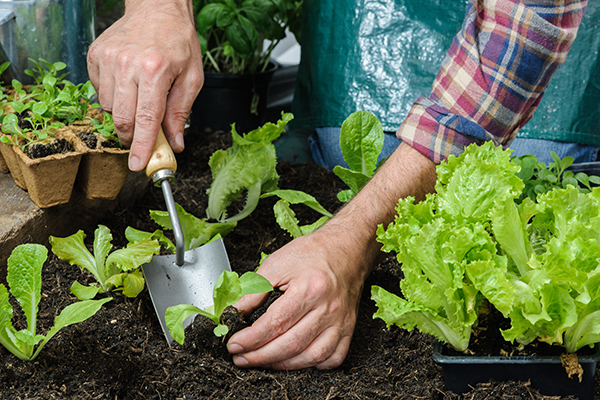Summer harvesting
Dig potatoes, onion and garlic when the tops turn brown and die. Unless you want new potatoes, then harvest when they begin blooming.
Sweet corn is ripe when the silks turn brown.
Cucumber, squash and zucchini are ripe when they are big enough to eat, but watch carefully they grow quickly!
Okra matures fast so harvest the pods about four days after the flowers close. Pick the pods when they are about 4" long, before they become tough.
Harvest carrots when they are quarter size or smaller in diameter. Don't forget to use the tops in salads!
Harvest green beans when they are about as thick as a pencil.
Harvest tomatoes that are ripe on the vine. The best and richest flavor develops when fruits ripen on the vine. Cover with netting to keep critters from sampling.
Melons - For cantaloupes, Look for a yellowish color on the bottom of the fruit and a brown line around where the stem attaches to indicate the fruit is ripe. For watermelons, the best indicators are that the curly tendrils closest to the fruit turn brown and dry, the fruit goes from shiny to dull, and when the bottom of the watermelon goes from light green to yellowish.
Pick peas early to avoid starchy taste if left a few days too long. Snow peas should be harvested when you see a hint of peas forming inside. Let snap peas plump up a bit before picking and harvest shell peas before the pods have a chance to turn waxy.
Peppers will have the best flavor if you let them ripen fully. Both hot and sweet peppers ripen best at warm temperatures.
Peaches and blackberries are ripening now.

